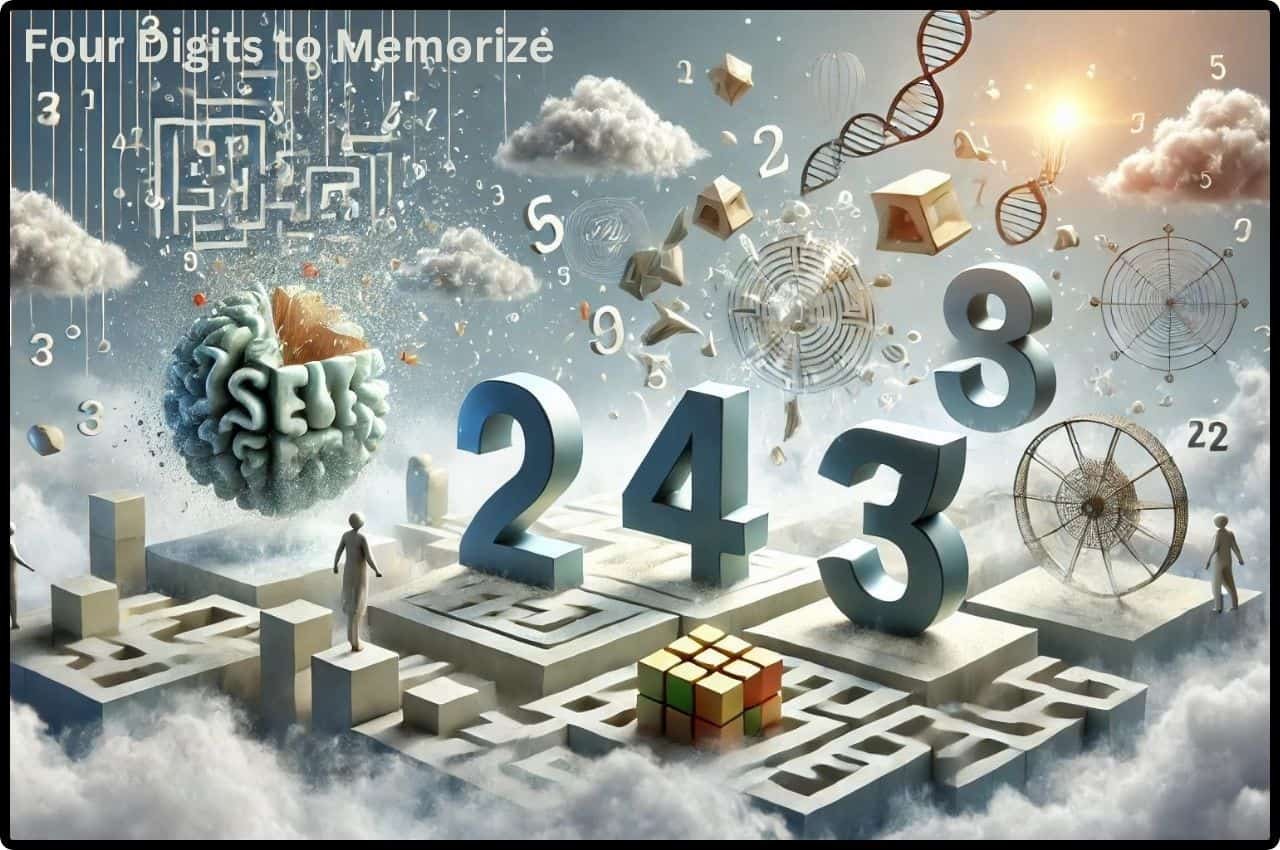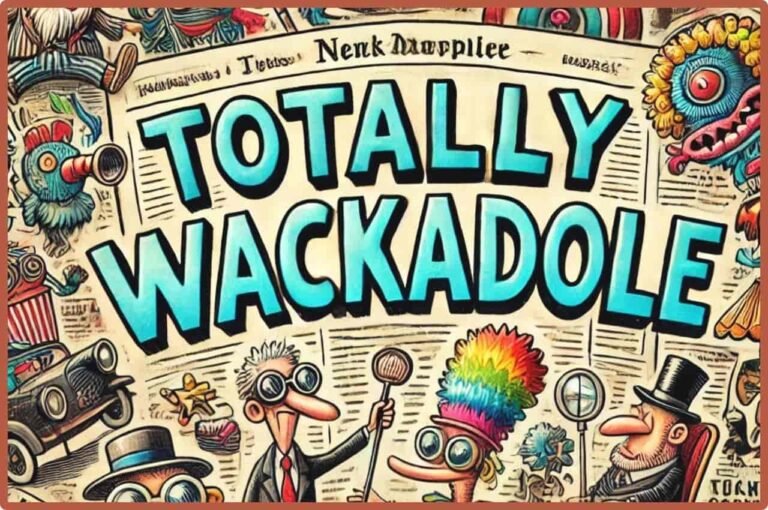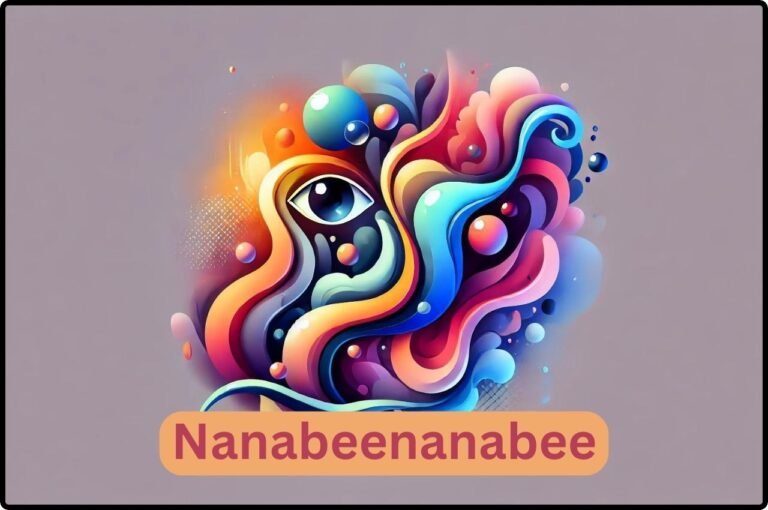Four Digits to Memorize: A Guide to the NYT Crossword’s Unique Puzzle Strategy
In the world of crossword puzzles, the New York Times (NYT) has been a longstanding favourite for enthusiasts. The NYT Crossword has become a household name with daily challenges that vary in difficulty from Monday to Saturday, and it is a special treat for a more complex Sunday puzzle.
Among the numerous clues, patterns, and themes in these puzzles, there is an often overlooked but vital component that some might not know: the four digits you should always keep in mind. These four digits are more than just numbers—they serve as a cornerstone to unlocking the deeper intricacies of the crossword itself.
What Are the Four Digits and Why Do They Matter?
The phrase “four digits to memorize NYT” may seem cryptic, but it refers to a simple yet effective strategy for mastering the NYT Crossword. When people talk about these digits, they are typically referring to the four unique numerical identifiers associated with different NYT crossword puzzle styles or classifications:
- Puzzle Number: Each NYT Crossword has its designated puzzle number, increasing incrementally daily. For example, Puzzle #0500 might indicate a specific challenge published on a certain date. This number can help solvers reference specific puzzles and compare notes with other enthusiasts.
- Publication Year: Understanding the publication year can be crucial when analyzing patterns or themes that reflect that year’s events. For instance, a puzzle from 2020 may contain references to that year’s pop culture, political events, or sports achievements.
- Day of the Week: Each day in the NYT Crossword schedule corresponds to a different difficulty level, starting from the easiest on Monday to the most challenging on Saturday. While not the hardest, Sunday is a more protracted and intricate puzzle. Memorizing the four-digit day-of-the-week code can help solvers anticipate the difficulty level and adjust their strategies accordingly.
- Puzzle Type Code: Some NYT Crosswords fall into unique categories, such as themed puzzles, rebus puzzles (where symbols or multiple letters are placed in a single square), or even holiday-themed editions. Identifying the puzzle type through these codes can streamline your approach and offer hints that might not be immediately apparent.
By keeping these four digits in mind, avid solvers can elevate their crossword-solving experience, making it less about guesswork and more about applying a refined strategy.
The Importance of Recognizing Puzzle Numbers and Publication Years
One of the critical digits to memorize is the puzzle number. This number, usually four digits long, signifies the chronological placement of that particular crossword within the more extensive collection of NYT puzzles. It helps track your solving progress and allows you to categorize puzzles into easy, medium, or complex based on their number.
Additionally, the publication year is another set of four digits worth noting. A crossword’s themes, clues, and references can vary significantly depending on the published year. For instance, older puzzles include references to now-obscure TV shows, historical figures, or political events that could be easier to decipher with knowledge of the era.
Day of the Week and Its Influence on Puzzle Solving
In the NYT Crossword community, days of the week are more than just calendar markers—they indicate the challenge ahead. Mondays are typically the easiest and feature straightforward clues with fewer tricky wordplay or obscure references. Conversely, Saturday puzzles are the most challenging, filled with clever wordplay, misdirection, and sometimes even obscure trivia.
Memorizing the day of the week code (often expressed in four digits in MMDD format) can make a big difference in setting expectations for solving. Solvers can mentally prepare for their difficulty and adjust their problem-solving strategy accordingly.
Puzzle Type Codes and Their Relevance
NYT Crosswords have a variety of types, each with its unique characteristics. These can include acrostic puzzles, cryptic crosswords, themed puzzles, and even one-off specials. Memorizing the four-digit type code helps solvers identify what they are up against before starting the puzzle.
For instance, if you know you’re facing a rebus puzzle (where multiple letters or symbols occupy a single square), you’ll immediately adjust your solving method, looking out for unusual entries or mismatched letter counts. Similarly, if you’re working on a themed puzzle that references a particular event or holiday, you can draw on your knowledge of that theme to fill in answers faster.
How Memorizing the Four Digits Helps with Puzzle Strategy
Many crossword solvers agree that there is a method to the madness. Instead of approaching each NYT Crossword as a blank slate, having the four digits memorized can serve as a guide for which strategies to employ. Here’s how it can enhance your solving approach:
- Categorizing Puzzles by Difficulty: By recognizing the day of the week and puzzle number, you can categorize puzzles into beginner, intermediate, or expert levels, allowing you to choose the right solving strategy. For example, on a Monday puzzle, you might focus on filling in straightforward clues first, while on a Saturday, you might start by looking at the more extended, thematic answers.
- Anticipating Themes and Patterns: The four digits associated with puzzle types and publication years can hint at potential themes or patterns. Knowing that a puzzle is from 2000, for instance, might prepare you for Y2K references, while a rebus code would make you more vigilant for multiple letters in single squares.
- Referencing and Collaboration: Sharing your solving experiences with other enthusiasts becomes easier when you can reference puzzles by their specific four-digit identifiers. Whether discussing the challenge on forums, social media, or puzzle clubs, these numbers allow you to pinpoint precisely which puzzle you’re discussing.
Tips for Mastering the NYT Crossword with the Four Digits
Here are some additional tips to help you integrate the four-digit strategy into your crossword-solving routine:
- Create a Personal Puzzle Log: Keep a notebook or digital log of your solved puzzles, categorized by their four-digit identifiers. Track your solving times, any difficult clues, and your overall experience with each puzzle.
- Use Online Resources: Websites like the NYT Crossword blog and forums often categorize puzzles by their identifiers. Use these resources to study patterns, standard wordplay techniques, and strategies that apply to specific puzzle types or difficulty levels.
- Memorize Common References: Many NYT Crosswords feature recurring references, such as classic literary works, historical figures, or popular phrases. Memorizing these standard entries can help you breeze through puzzles, especially when you can identify them by their four-digit publication or type codes.
Conclusion
The four digits to memorize in the NYT Crossword universe are more than just numbers—they are keys that unlock a deeper understanding of puzzle strategies, references, and patterns. By keeping these digits in mind and incorporating them into your solving routine, you can enhance your overall experience, increase your solving speed, and confidently tackle even the most challenging crosswords.
Next time you pick up an NYT Crossword, try implementing these tips and see how engaging and enjoyable your solving journey can become!






